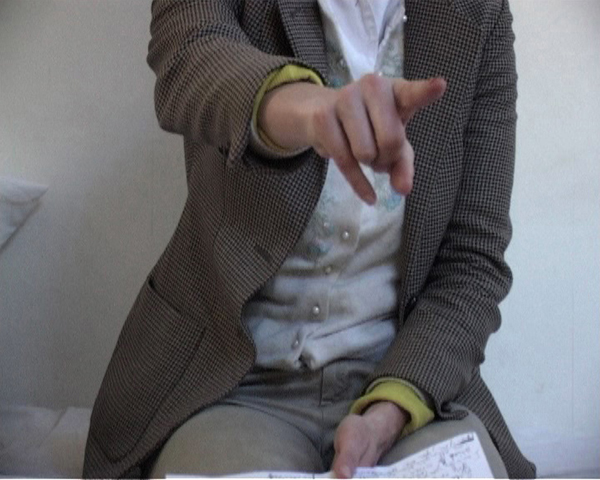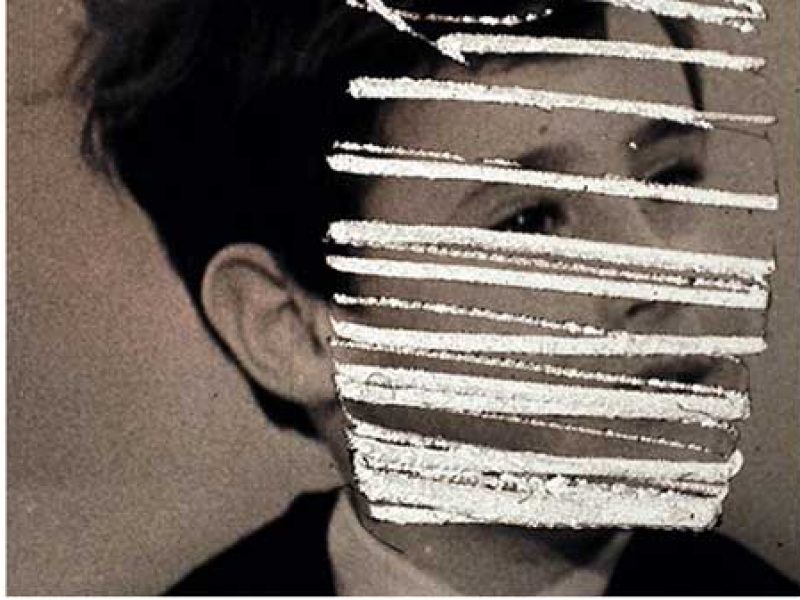The status one ascribes the form of the short film depends largely on the context within which it was made and then presented. Within an industry context, budding movie makers or aspiring auteurs use the form as a kind of calling card; to demonstrate their skills and to hint at what they could do if only they were given the opportunity to make a “proper” film, i.e. a feature film.
In the context of avant-garde or experimental film, the short film is simply the format, adopted for both practical and ideological reasons. The Oberhausen Short Film Festival, now in its 56th year, attempts to bring together these two, seemingly opposing, practices. To make things interesting, the music video and artists film and video are also thrown into the mix.
Questions of what constitutes a short film, how to present the form, and how to critically apprehend it, were especially apposite this year given the main thematic programme, From the Deep: The Great Experiment 1898 – 1918. This programme of early cinema presented many of the first short films ever made and attempted to situate this output outside of the history of cinema, whilst at the same time tentatively suggesting that the material might belong to another history.
The temptation then was to ask what was the connection between early cinema and “industrial” cinema, or avant-garde film – as a few people did during the Q&A sessions that followed each programme. The curators, filmmaker Eric de Kuyper and curator and academic Mariann Lewinsky, neatly sidestepped the question each time with the well rehearsed refrain, “early cinema is another continent”. This was too often used as a way of not addressing, other than empirically, early cinema’s relation other types of moving image production. The question of the ontology of early cinema, forced as it was by the films’ proximity to later, experimental, practices, was never going to get a proper airing as long as the curators insisted on its empirical distance.
As well as 10 programmes of early cinema, there were shorter “profiles”, distributors programmes and several competition strands. The profiles this year focused on West Coast experimental filmmaker Fred Worden, Swedish “personal” filmmaker Gunvor Nelson, young Indian filmmaker Amit Dutta, and a special focus on No Wave films. This four-part programme, which included some 20 films – plus the last minute edition of Eric B Mitchell’s Mass Homicide or Car Crash – although fascinating in many ways was curiously underwhelming. Like the music scene that bore the same name, the films are so wedded to a scene and a specific socio-cultural moment that it was difficult to appraise them without extensive knowledge of this scene. However there were comparisons to be made between early cinema and No Wave films if one wanted to. They share a similar sense of urgency, a spirit of restless experimentation and do-it-yourself ingenuity. The No Wave films were shot quickly, on the hop. A film might be conceived in the morning, shot in the afternoon and edited in the evening. John Lurie’s super 8 epic Men in Orbit – described in the programme notes as a “sci-fi povera” – features Eric B Mitchell and the director as the titular astronauts, dressed in boiler suits onto which badly written name tags have been taped.
Throughout the at times excruciating 45-minute running time the actors struggle to stifle their giggles whilst they eat “space food” – Big Macs wrapped in foil -, attempt to shave in zero gravity and answer the call of nature. It is still, however, imbued with the same whacked out nihilism, anarchic narcissism and atmosphere of dread that runs through most of the No Wave films.
All the films eschewed the formal investigations of the generation of NYC filmmakers that immediately preceded them, in favour of something more “real”. But rather than as a new realist cinema, it is as historical documents that these films are most valuable. Many of the films make stunning use of the decaying, war-zone like, Lower East Side, where the filmmakers also lived. Colleen Fitzgibbon’s L.E.S. (1976) depicts the eponymous neighbourhood before gentrification transformed it. Her film, which tells the story of the fictional “island of Manhattma” is another example of “sci-fi povera”. L.E.S is like La Jetée made by hipster junkies on a shoestring budget – which I guess is probably not far from the truth.
At a time when film was still seen by many either as the privileged mode for those wishing to wed politics to aesthetics, or as a means with which to reflect on its own technological or ideological construction, No Wave films gave a Warholian shrug of the shoulders and a post-punk howl of pent up frustration and rage. Some films did, however, attempt a more focused critique of contemporary society. Most notably Beth B and Scott B’s G-Man (1978) and Black Box (1978) tackled the subjects of terrorism and state control.
Elsewhere at the festival was a talks programme curated by Ian White entitled The Idea of the Self, which combined performances with panel discussions and presentations, drawing on filmmakers featured in the No Wave programme and other invited guests. Although at times interesting this programme seemed to be both competing with and trying to compliment an already over-packed festival.
And, from what little I saw of the International Competition only one film stood out – Laure Prouvost’s Monolog for its quirky humour, relentless pace and directness. These qualities were missing from all the other entries I caught. Oberhausen this year was exhausting. But it was also ambitious, bewilderingly heterogeneous, thought provoking and challenging. Long may it continue.






